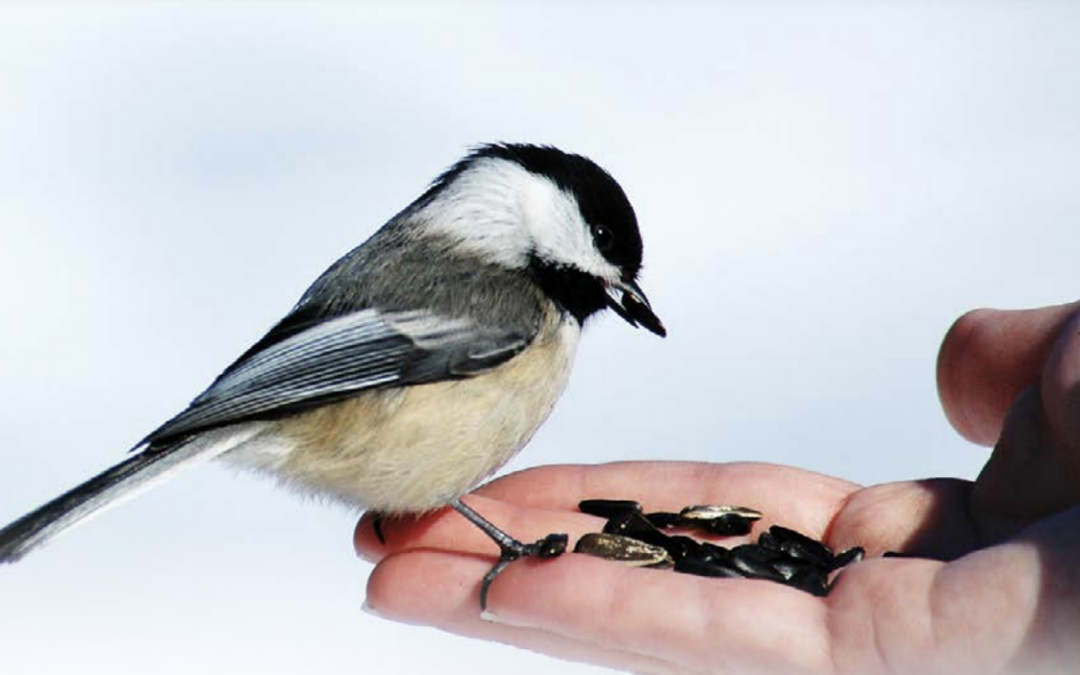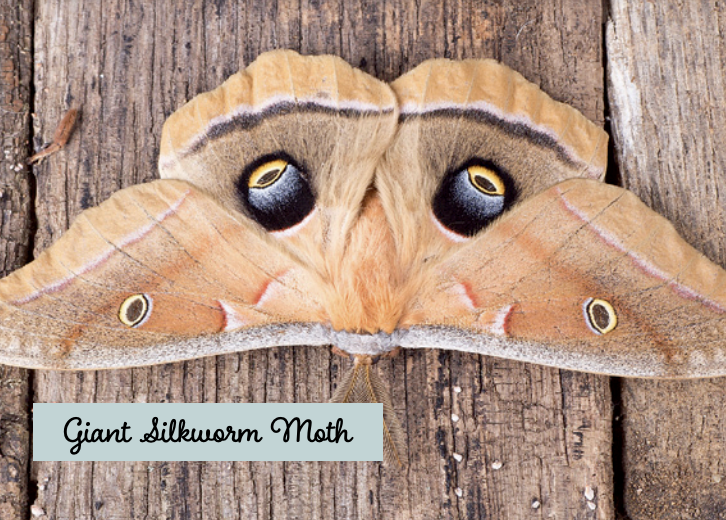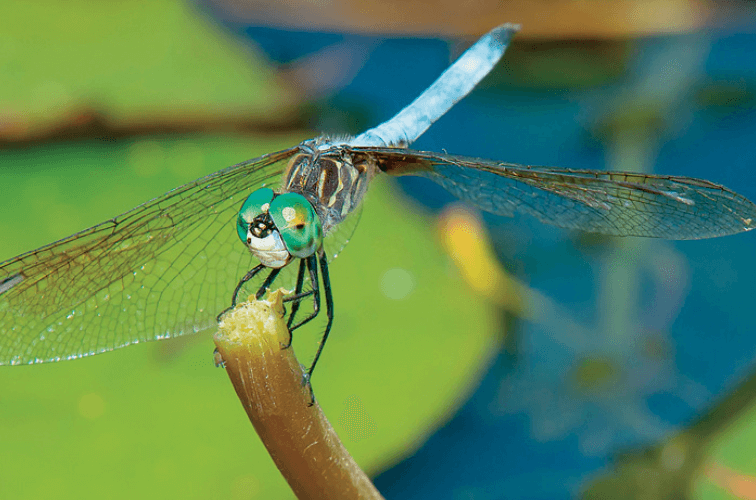
Ever think about what lives in the slime and the ooze of your nearby pond? It may seem like there isn’t a lot going on down in that muddy underworld — just some mud, plants and a few frogs. But you’d be surprised!
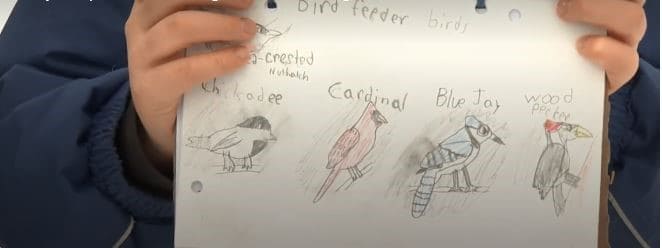
A nature journal is simply a place for capturing your words and sketches; it’s a spot to record your observations, feelings, and thoughts about an aspect of the natural world that has caught your attention.
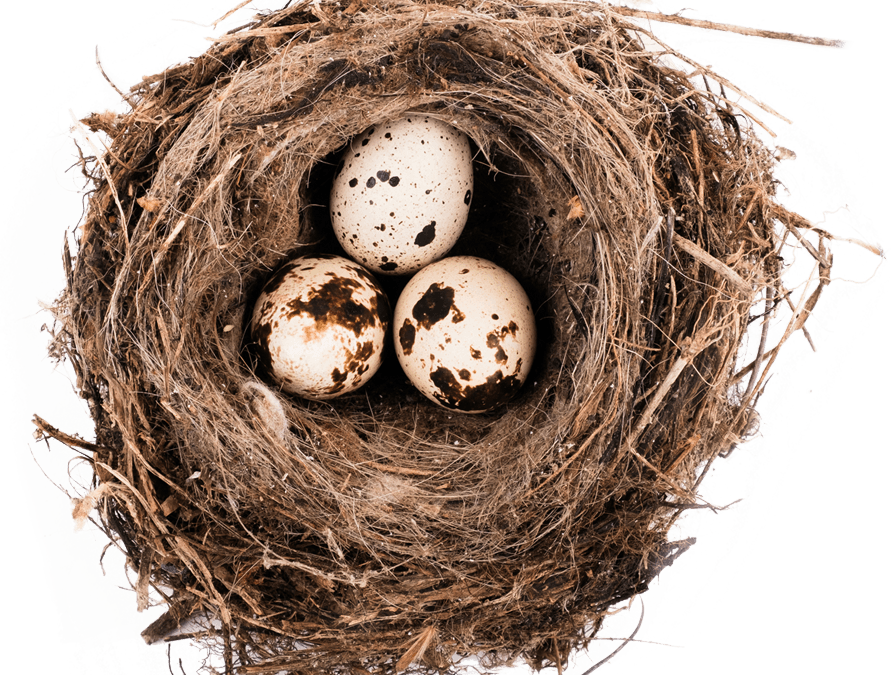
At first blush, making a bird’s nest doesn’t seem that remarkable. But if you think about it, birds do have a handicap when it comes to building something. They don’t have hands! So they need to use their beaks and feet. Imagine making a nest using only your mouth and toes. And yet the nests that birds – such as warblers, orioles and finches – create from a few bits of grass, bark, twigs, and mud are truly wondrous examples of natural architecture. It is worthwhile to remind ourselves that humans aren’t the only builders on this planet!

Photocopy a Hole Patrol Card (provided) and take it with you on your next walk in the woods. Be on the lookout for snags and use the cards to help you figure out which species might be living in your “NeighbourWood.” Compare the size of your hole with your card. Look for additional clues such as feathers, scat, pellets, chewed cones, tracks, and scratch marks. What did you find?


